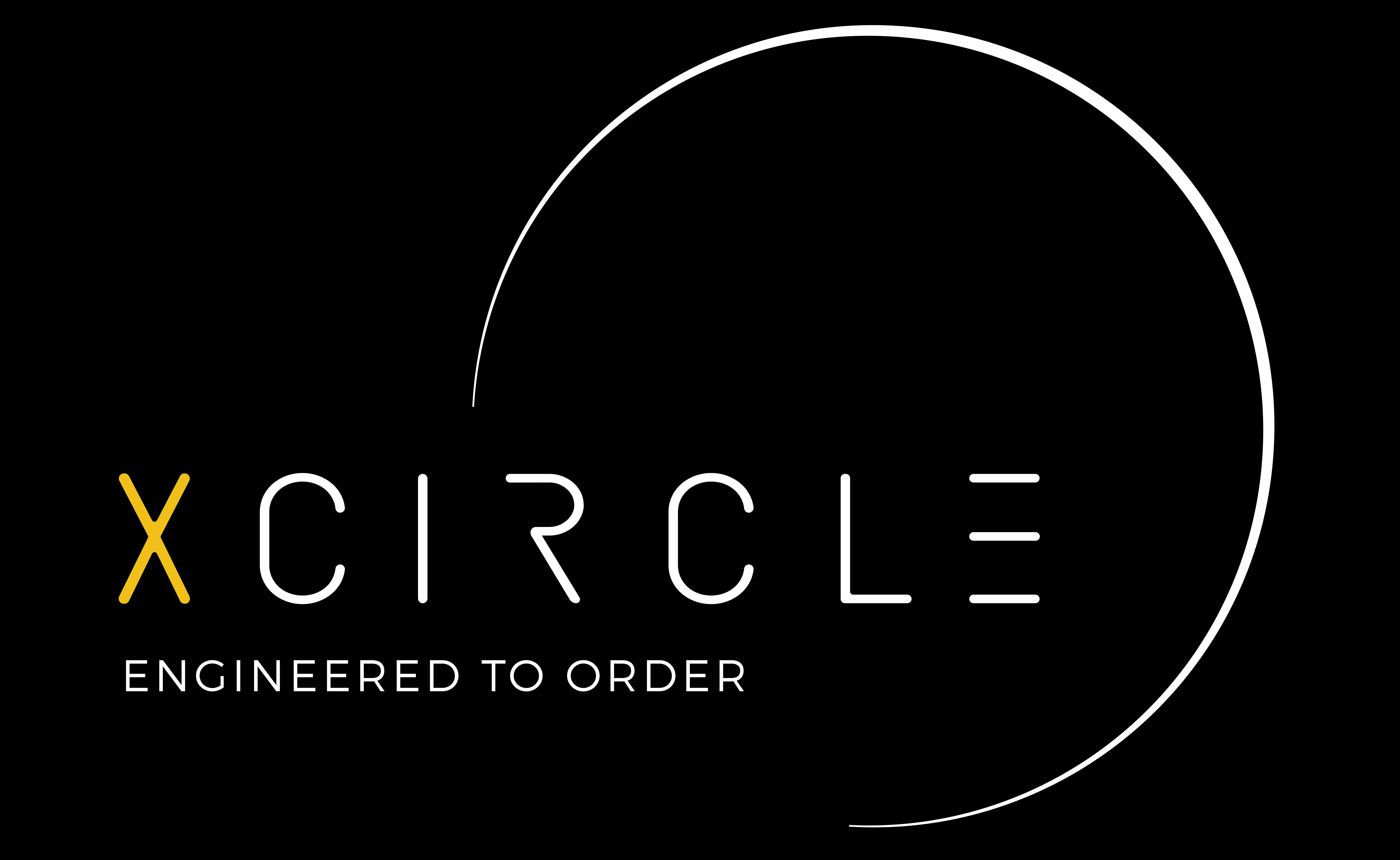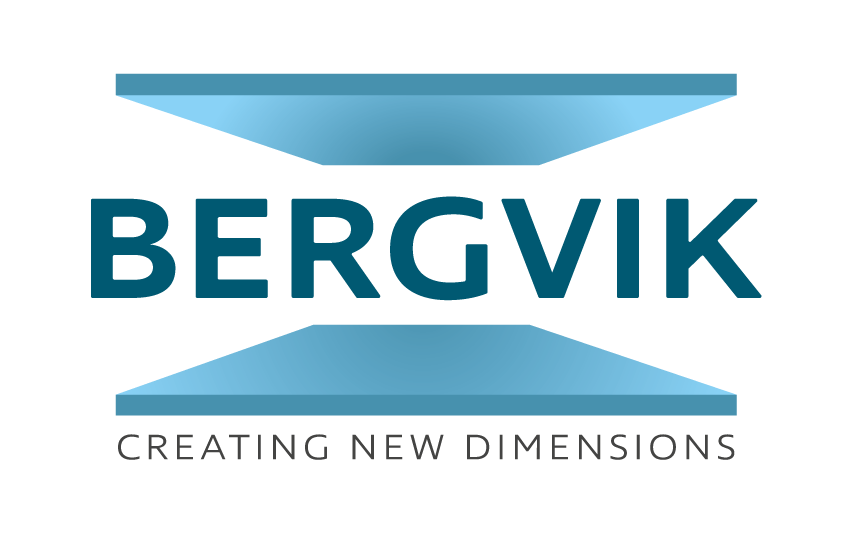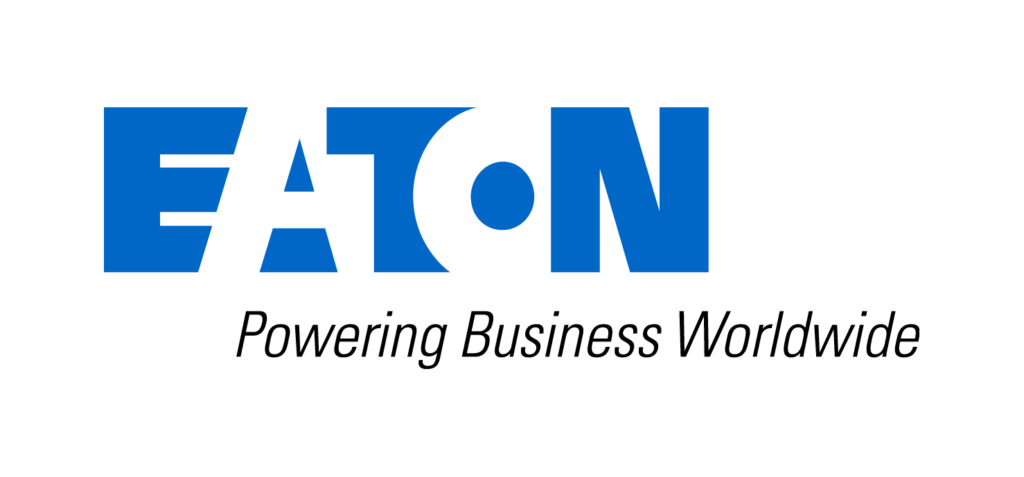Information and Communications Technology (ICT) is a popular term thrown around for a variety of reasons. It’s such a broad term that several people don’t even know what it is about. By now, you’ve probably heard about the many benefits of ICT infrastructure to schools, businesses, healthcare, and other organisations. But to truly benefit from ICT, you should first understand what it is and how it works.
What is ICT?
The ICT sector has changed rapidly in just a few years, much like everything relating to technology. However, ICT mainly revolves around technologies that enable businesses to function and operate in the digital world. It has become quite essential to small and large industries, allowing them to keep everything from work to transactions to processes organised.
Information and Communications Technology, or ICT, converges telecommunication, computing, and governance into one united policy for storing, transmitting, accessing, processing, and securing information.
But to make things simpler, let’s break down the words that make up the term:
- Information is defined as knowledge about a specific event, topic, procedure, or issue. It can be obtained from another person, a lecture, a TV program, or research.
- Communication is how information is passed or transferred from one person or place to another. A sender communicates with another individual through a communication network, which will be delivered to the receiver/s.
- Technology is scientific knowledge or research applied practically to solve problems. Oftentimes, it is used to create devices.
For businesses with a large volume of customers, suppliers, or workers, ICT systems have become an integral part of their operations. For example, local governments, construction, mining, education, and hospitality industries rely on modern ICT infrastructures for facilitating and managing their everyday jobs, workers, and clients.
Using a well-planned ICT system can help with the following:
- Work efficiency
- Data tracking
- Accessibility
- Cloud computing collaborations
- Software support, updates, and upgrades
- Cyber security
- Data safety and backups
When used and implemented correctly, ICT can promote greater ease of access and even increase customer satisfaction.
What’s Part of ICT Infrastructure?
ICT infrastructure represents software and equipment used for implementing and operating systems and networks for a variety of purposes, including:
- Communications services
- Digital content
- Ecommerce
- Applications support
In simpler terms, the components include physical technologies, such as monitors and computer hardware. Let’s not forget the software side of ICT, which often has mobile technology and wireless software solutions. All ICT parts work together so you can get the job done easier and conveniently, typically with a user interface for customers, clients, and employees.
ICT infrastructure can include the following:
- Physical Hardware: Screens, TVs, projectors, computers, and workstations
- Software: Productivity tracking, company software, and ordering systems
- Communications Technology: Mobile phones and wired and wireless Internet
- Points of Sale: Ordering systems, online digital transactions, and cash registers
- Data: Data access systems, backups, and servers
- Cloud Computing: Collaboration and data access via remote Internet servers
- Security: Data safety, cyber security, support services
An integrated software system will work with many components above for an effective ICT infrastructure build. ICT builds can be small or large, depending on your business requirements.
So, How Does ICT Infrastructure Work?
The basic concept of ICT is to integrate innovations whilst sustaining interaction and information. Its application depends on how and who is using it. Video conferencing is just an example of everyday ICT use. In education, ICT is utilised for research and training, such as in online seminars.
Meanwhile, in eCommerce, consumers use ICT systems to connect online businesses to buy items or services. Corporations, on the other hand, utilise ICT to track transactions or talk to customers if there are any enquiries.
Most businesses today rely on technology. For example, they use a computer system for organising orders and payments. To determine the ICT infrastructure to build, the business needs should be assessed first. From there, an ICT manager will determine those needs to match them with solutions that can improve the business in all possible areas. Then, an ICT infrastructure build will be planned and strategised.
Your ICT build will be unique from other businesses, even if you are in the same industry or sell the same products. It will vary in the technical equipment, physical installation of servers, and installation and integration of software solutions. You must consult with an ICT manager so you’re guided through the process and get ongoing support.
ICT Management
ICT infrastructure has increased in complexity in just a few years, thanks to the ever-changing technology and the advances in data and communication management. The new ways of working have also contributed to these changes. It seems like there is now an inescapable necessity for ICT integration in businesses regardless of the industry.
The infrastructure can either be:
- Centralised, meaning the infrastructure is within one data centre
- Decentralised, meaning the infrastructures are spread to more than one data centre, which can be run by the company itself or a third party, such as a colocation facility or cloud provider
The security of the infrastructure is highly valued and should therefore be thoroughly and carefully considered. Most of the time, the building hosting the data centre is heavily guarded using a combination of human and video surveillance. This safeguarding ensures that access to servers and storage is controlled. Only authorised persons can interact with the data centre hardware, which reduces data theft risks and other damages caused by malicious tactics.
Which ICT Infrastructure Solutions Suit You Best?
It is a great challenge to meet customer requirements at multiple levels. That’s why it helps to understand the right type of ICT infrastructure solutions to use. The ICT provider should aid every step, from designing to implementing to configuring ICT infrastructure.
Some popular solutions include:
- Data centres
- Server rooms
- Corporate networks
Here at XCircle, we function on collaborative practices, allowing us to forge relationships with some leading industry giants. With that partnership, we can guarantee a continuous flow of training and technology updates to keep us ahead of the industry. At the same time, we work closely with you, allowing you to utilise a comprehensive suite of single and multi-function ICT build solutions.
As you invest in modern ICT infrastructure solutions, you can streamline your operations and services. It helps give greater value to your customers and clients without significant expenditure. You will also benefit from the user-friendly and cohesive system that lets you automate processes. Therefore, you accomplish more work with less time and difficulty.
Need help with ICT infrastructure? You’ve come to the right place. We have industry experts who will readily assist you with ICT infrastructure solutions. Here at XCircle, we aim to be at the forefront as we showcase what technology can help you and your business achieve. Contact us today!







